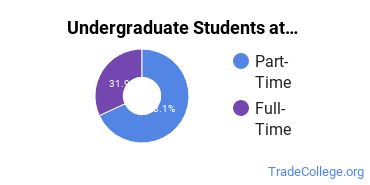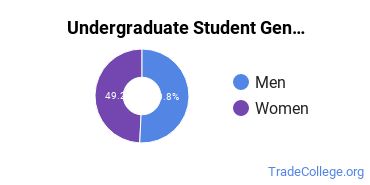Collin County Community College District Trade Programs
Collin County Community College District is a public institution located in McKinney, Texas. McKinney is considered a suburb and offers tranquility and safety near the excitement of a city center.
Featured schools near , edit
Where Is Collin County Community College District?

Contact details for Collin County Community College District are given below.
| Contact Details | |
|---|---|
| Address: | 3452 Spur 399, McKinney, TX 75069 |
| Phone: | 972-881-5790 |
| Website: | www.collin.edu |
Can I Afford Collin County Community College District?
| In State | Out of State | |
|---|---|---|
| Tuition | $3,450 | $5,550 |
| Fees | $64 | $64 |
| Books and Supplies | $2,190 | $2,190 |
| On Campus Room and Board | $9,720 | $9,720 |
| On Campus Other Expenses | $6,858 | $6,858 |
Student Loan Debt
Almost 66% of college students who graduated with the class of 2018 took out student loans, but that percentage varies from school to school. At Collin County Community College District, approximately 12% of students took out student loans averaging $3,068 a year. That adds up to $12,272 over four years for those students.
Collin County Community College District Undergraduate Student Diversity

Gender Diversity
Of the 10,758 full-time undergraduates at Collin County Community College District, 48% are male and 52% are female.

Racial-Ethnic Diversity
The racial-ethnic breakdown of Collin County Community College District students is as follows.

| Race/Ethnicity | Number of Grads |
|---|---|
| Asian | 1,321 |
| Black or African American | 1,379 |
| Hispanic or Latino | 2,284 |
| White | 4,658 |
| International Students | 305 |
| Other Races/Ethnicities | 811 |
Over 100 countries are represented at Collin County Community College District. The most popular countries sending students to the school are Vietnam, China, and South Korea.
Collin County Community College District Trade School Concentrations
The table below shows the number of awards for each concentration.
References
*The racial-ethnic minorities count is calculated by taking the total number of students and subtracting white students, international students, and students whose race/ethnicity was unknown. This number is then divided by the total number of students at the school to obtain the racial-ethnic minorities percentage.
More about our data sources and methodologies.
Featured Schools
 Request Info
Request Info
|
Southern New Hampshire University You have goals. Southern New Hampshire University can help you get there. Whether you need a bachelor's degree to get into a career or want a master's degree to move up in your current career, SNHU has an online program for you. Find your degree from over 200 online programs. Learn More > |
